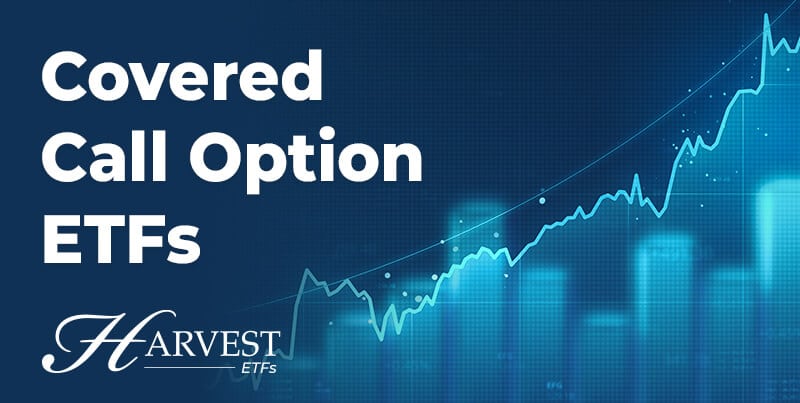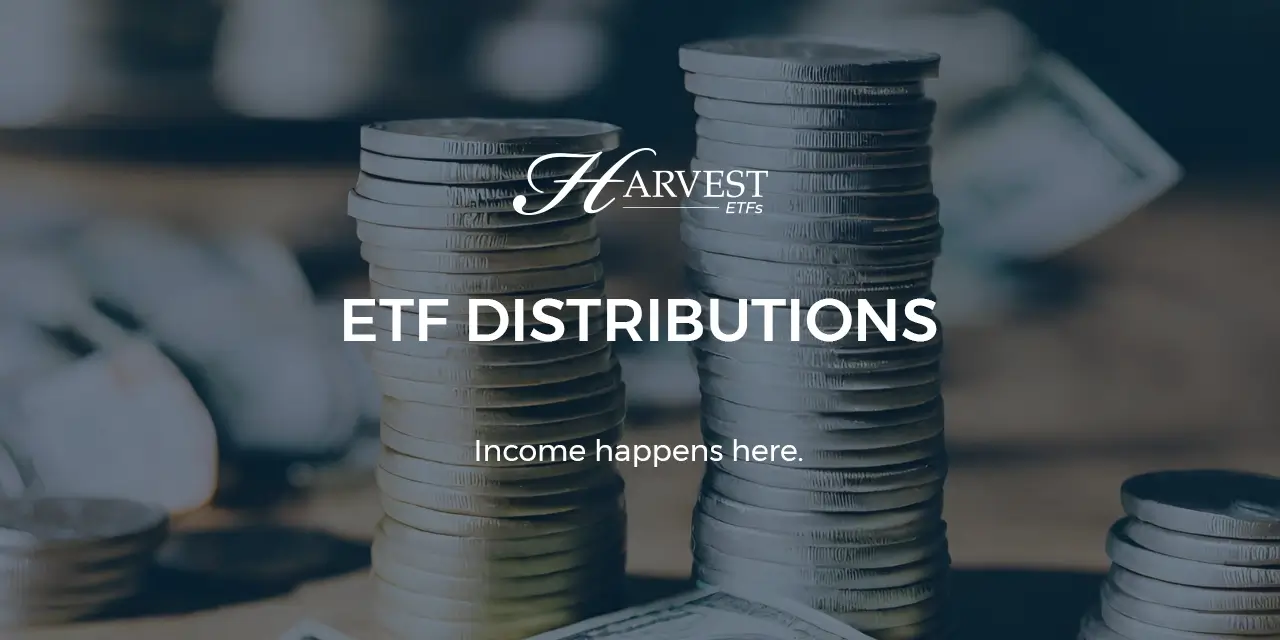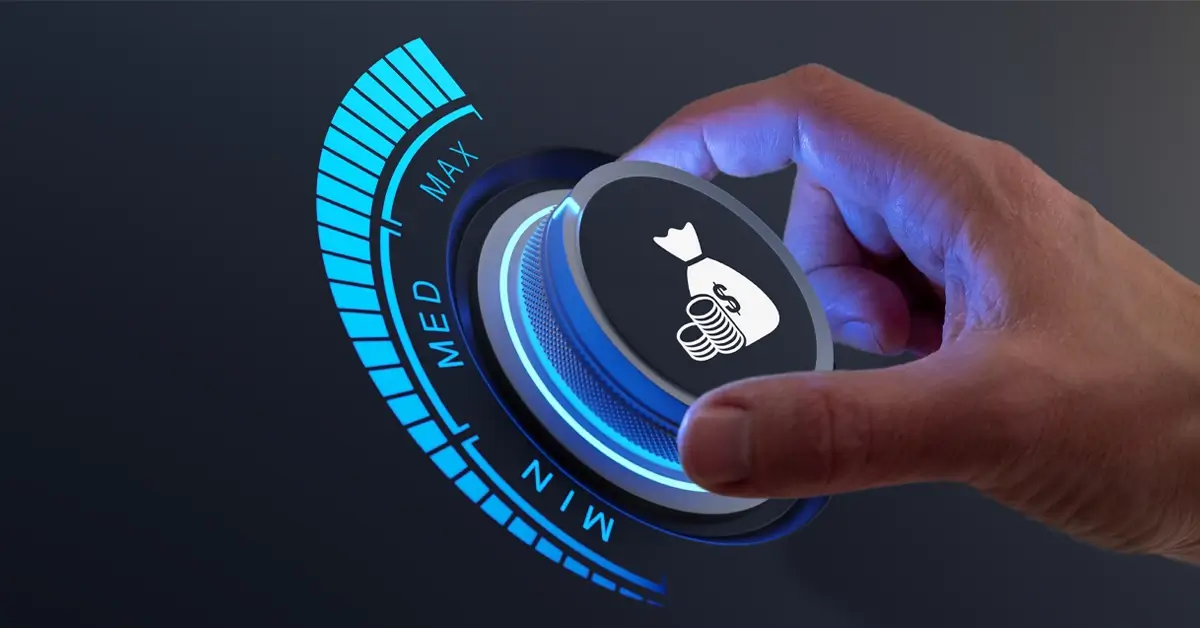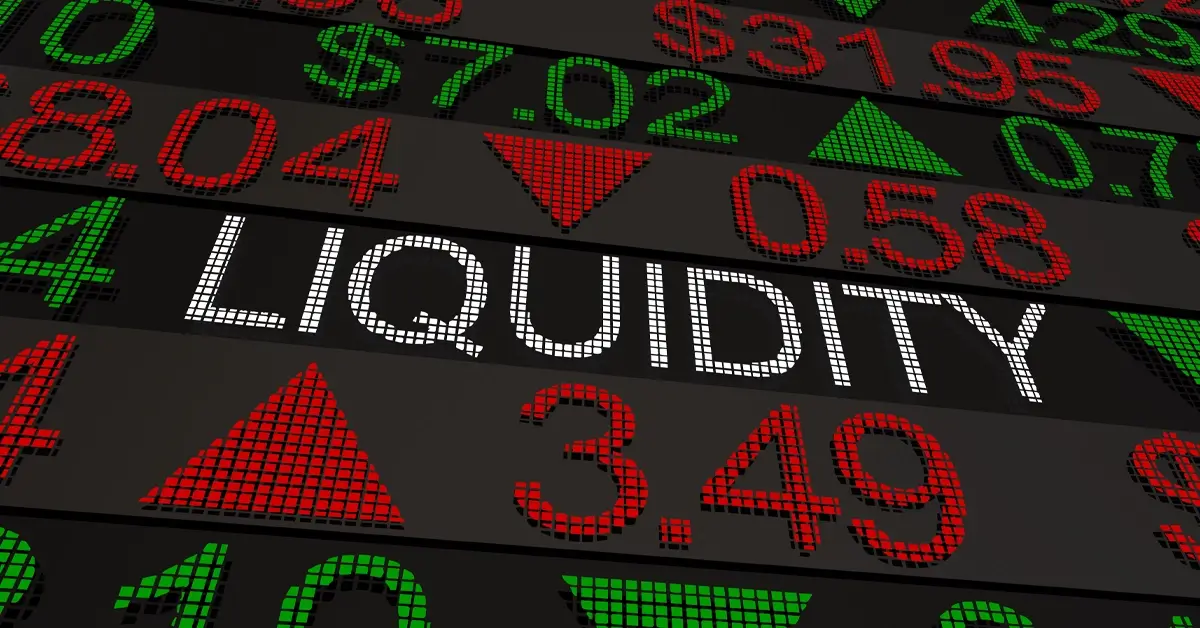This article originally appeared on Moneysense.ca and has been published here with permission. Image by Drazen Zigic on Freepik.
In Canada and abroad, 2022 can be summed up as the year in which nothing (or almost nothing) worked. Canadian, U.S. and international stocks got clobbered, while bond returns were nearly as bad. The classic 60/40 balanced portfolio had its worst performance since 2008.
The culprits? Stubbornly high inflation, Russia’s war in Ukraine, rapidly rising interest rates, and stock markets coming back to earth after a period of greed and excess.
The result? Inflation, as measured by the Consumer Price Index (CPI), soared to 8.1% in June 2022 and is still hovering at 6.8% six months later, taking a big bite out of Canadians’ purchasing power.
The Bank of Canada (BoC) has embarked on a series of interest rate hikes designed to squash inflation and cool the economy. All told, seven rate hikes between March and December 2022 have taken the Bank’s trendsetting overnight rate from 0.25% to 4.25%—and more increases are likely. While inflation appears to be cooling off, the BoC expects prices to remain above its 2% target through 2023 and into 2024.
So, what’s an investor to do?
How inflation can affect an investment portfolio
Historically, stock and bond returns have beat inflation over long periods of time, but both assets tend to perform poorly during periods of high inflation. That’s especially true in a period of unexpectedly high inflation like we saw in 2022.
Indeed, during the high-inflationary period from 1966 to 1982, U.S. stocks delivered a 0% real rate of return (the annual rate of return adjusted for inflation).
When inflation is high, central banks tend to increase interest rates to slow down the economy. Rising interest rates push down bond prices. Rapidly rising interest rates accelerate the decline in bond prices.
Long-term federal bond prices, for example, were down 30% for the year in October before rallying in November. That’s certainly not what most bondholders expect to see with their fixed income.
High rates don’t just impact bondholders. Companies that used relatively cheap borrowing costs to expand during the past 10 years also felt the sting of rising rates in 2022. The NASDAQ, which represents technology stocks, is down 30% since the start of the year.
There were a few bright spots in 2022, however, the first being the modest guaranteed investment certificate (GIC). At the start of the year, you could buy one-year GICs paying 1.5% interest. By the end of the year, one-year GICs were paying more than 5% interest. Five-year GICs saw a similar surge in rates, moving from around 2.5% to 5% by the end of 2022.
Investors seeking higher income could also be served by a covered call approach. Harvest ETFs, for example, uses one for its equity income ETFs, which combine portfolios of stocks with a covered call option writing strategy to generate high income. This is a tax-efficient approach in taxable (non-registered) investment accounts because option premiums are taxed as capital gains or return of capital, rather than dividend or interest income.
Why persistently high inflation is concerning for investors
Like the Bank of Canada, other central banks around the world have been hiking their benchmark interest rates in an effort to return inflation to the low and predictable levels we’ve become accustomed to over the past 30 years.
Both the BoC and the U.S. Federal Reserve have stated that persistently high inflation is more of a threat to economies and livelihoods than the short-term pain of increased interest rates and a cooling economy. They want to avoid a repeat of the painfully high inflationary period of the 1970s at all costs.
That seems like the sensible choice, given that stock and bond prices are all about future expectations. Low, predictable inflation allows businesses and consumers to confidently make plans for spending and reinvestment. Persistently high inflation brings uncertainty, which leads to volatile swings in asset prices.
The best-case scenario is the so-called “soft landing,” in which inflation comes back to its target rate of 2% without tipping the economy into a recession.
What investors can do to protect retirement savings
If you’re retired, you’re approaching retirement or you’re still several years out but are planning your retirement finances, high inflation might be keeping you up at night. How can you minimize its impact on your purchasing power now and in the future?
The best defence is diversification, according to Benjamin Felix and Cameron Passmore, portfolio managers at PWL Capital in Ottawa. On an episode of their investing podcast, Rational Reminder, Felix said that investors can decrease the risk of their entire portfolio having zero or negative real returns by holding more sources of expected return in their portfolio. That includes value stocks, domestic and international stocks, and fixed income, if it makes sense in the portfolio.
“The ultimate inflation hedge, I think, is diversification, but that’s not actually a hedge. It’s just a way to deal with it,” said Felix. He cited research about the characteristics of an inflation hedge.
-
- It will correlate positively with inflation, including responding to unexpected inflation.
- It won’t be too volatile.
- It will have a positive real expected return.
The problem, Felix said, is that such an asset doesn’t exist. Commodities are too volatile in the short-term. Gold, which is not positively correlated with inflation, is volatile and doesn’t have a positive real expected return. Inflation-protected bonds perfectly hedge against inflation, but only if your time horizon matches the duration of the bonds.
One possible, much-talked-about solution is to invest in a globally diversified portfolio with domestic and international stocks and bonds. During the 1966–1982 period of 0% real returns for U.S. stocks, Canadian and U.K. stock returns were positive and U.S. value stocks delivered a real annual return of 6.71%. Further to that, global stocks have been a great long-term inflation hedge, with a positive 5.2% real annual return going back to 1900.
Outside of that, retirees may have inflation-protected income from a workplace pension, Canada Pension Plan (CPP) payments and Old Age Security (OAS) payments. Investors can take advantage of the current high interest rates on savings deposits and GICs. They can also use equity income ETFs to generate high and tax-efficient monthly cashflows. And fixed-rate borrowers who locked in their rates before 2022 can enjoy a few more years of low interest rates and fixed payments.
Final thoughts
We’re experiencing global inflation that is keeping prices elevated for longer than expected. Investors saw losses in both stocks and bonds in 2022, thanks to rapidly rising interest rates deployed by central banks to cool inflation.
Going forward, investors could consider diversifying their portfolios globally with stocks and fixed income to reduce the risk of a negative or zero real rate of return.
As Nobel Prize laureate Harry Markowitz famously said, “Diversification is the only free lunch.”













